Rising Healthcare Expenditure
The increasing healthcare expenditure in the US is contributing to the growth of the oral anticoagulants market. With healthcare spending projected to reach $6 trillion by 2027, there is a greater focus on preventive care and chronic disease management. This trend is likely to drive investments in anticoagulation therapies, as healthcare providers aim to reduce the long-term costs associated with thromboembolic events. Furthermore, the shift towards value-based care is encouraging providers to adopt effective treatment options that can improve patient outcomes and reduce hospitalizations. As a result, the oral anticoagulants market is expected to benefit from this increased financial commitment to healthcare, leading to greater accessibility and availability of these essential therapies.
Increasing Geriatric Population
The growing geriatric population in the US is a significant driver for the oral anticoagulants market. As individuals age, the risk of developing conditions that require anticoagulation therapy, such as atrial fibrillation and deep vein thrombosis, increases. By 2030, it is projected that nearly 20% of the US population will be aged 65 and older, creating a substantial demand for effective anticoagulation therapies. This demographic shift is prompting healthcare systems to adapt and provide appropriate treatment options for older adults. Additionally, the oral anticoagulants market is likely to see increased utilization of these therapies as healthcare providers recognize the need for tailored treatment plans that address the unique challenges faced by geriatric patients, including polypharmacy and comorbidities.
Advancements in Drug Development
Innovations in drug development are significantly impacting the oral anticoagulants market. The introduction of novel oral anticoagulants (NOACs) has transformed the treatment landscape, offering patients alternatives to traditional therapies. These advancements are characterized by improved safety profiles, reduced monitoring requirements, and enhanced patient compliance. For instance, recent studies indicate that NOACs can reduce the risk of stroke by up to 70% in patients with atrial fibrillation compared to warfarin. As a result, healthcare providers are increasingly prescribing these newer agents, leading to a shift in treatment paradigms. The oral anticoagulants market is likely to benefit from ongoing research and development efforts aimed at creating even more effective and safer anticoagulant options, thereby expanding the treatment options available to patients.
Enhanced Awareness and Education
Enhanced awareness and education regarding the risks associated with thromboembolic events are driving the oral anticoagulants market. Public health campaigns and educational initiatives by healthcare organizations are informing patients and providers about the importance of anticoagulation therapy in preventing strokes and other complications. This increased awareness is likely to lead to higher rates of diagnosis and treatment, as patients become more proactive in seeking care. Additionally, healthcare professionals are receiving more training on the appropriate use of oral anticoagulants, which may improve prescribing practices. As a result, the oral anticoagulants market is poised for growth as more individuals recognize the benefits of these therapies and seek to manage their cardiovascular health effectively.
Growing Prevalence of Cardiovascular Diseases
The rising incidence of cardiovascular diseases in the US is a primary driver for the oral anticoagulants market. Conditions such as atrial fibrillation and venous thromboembolism are becoming increasingly common, necessitating effective anticoagulation therapies. According to recent data, approximately 6.1 million Americans are living with atrial fibrillation, a condition that significantly increases the risk of stroke. This growing patient population is likely to drive demand for oral anticoagulants, as healthcare providers seek to manage these conditions effectively. Furthermore, the increasing awareness of the importance of anticoagulation therapy in preventing thromboembolic events is expected to bolster the oral anticoagulants market. As a result, pharmaceutical companies are focusing on developing new and improved oral anticoagulants to meet this rising demand.


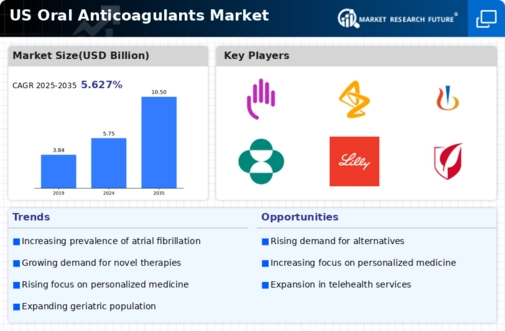
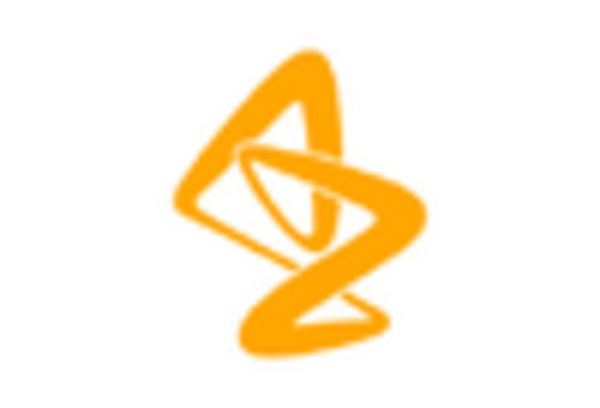
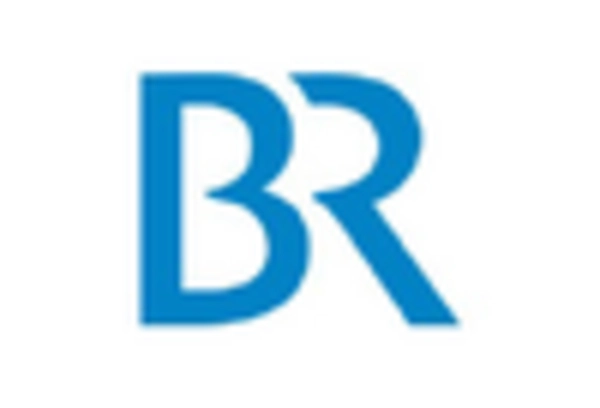
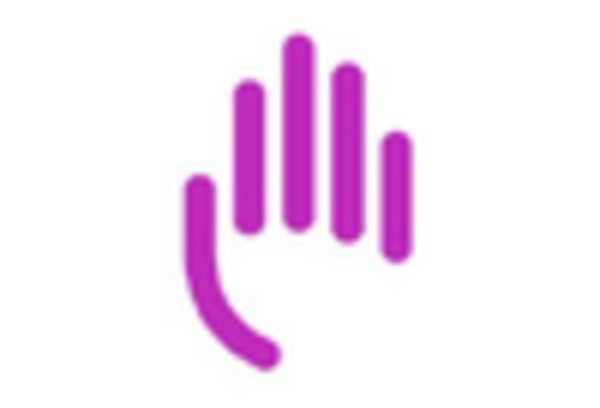
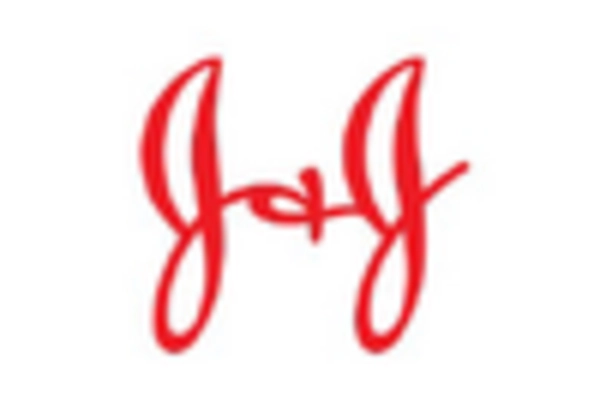
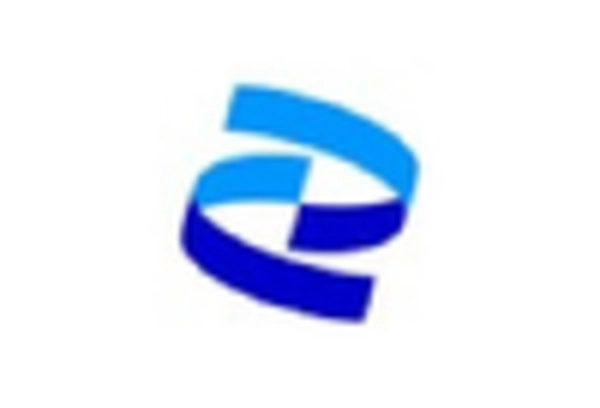
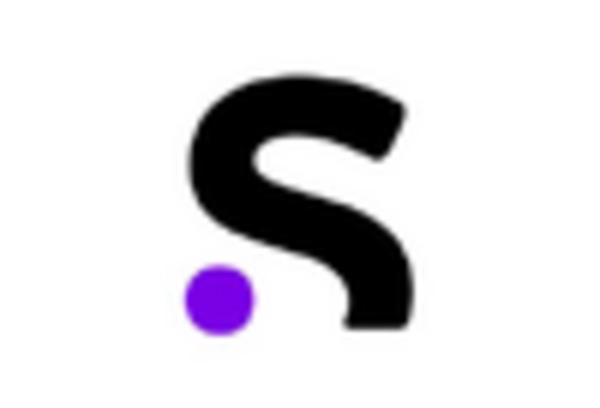








Leave a Comment